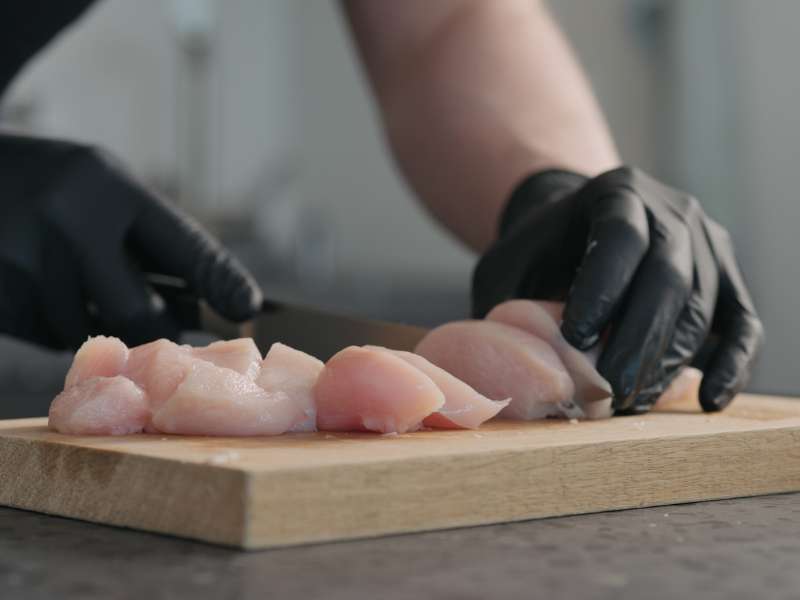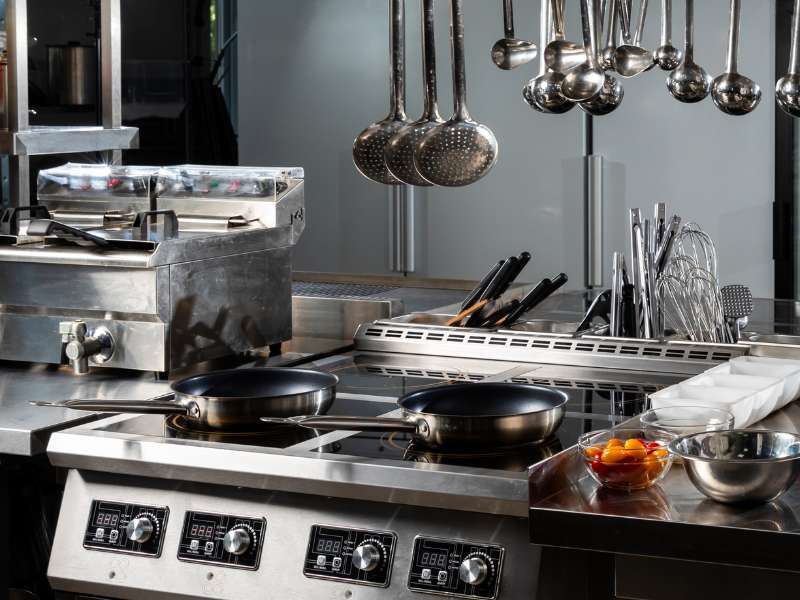Potato chips, those crispy, crunchy, salty, savory bites of YUM that have been delighting taste buds for generations, continue to have remarkable success in foodservice.
From humble beginnings to become a staple in restaurants, cafes, and even high-end dining establishments, the journey of potato chips in foodservice is a testament to their universal appeal. Whether enjoyed on their own or incorporated into innovative dishes, the crunch allure of a “chip” continues to captivate diners and drive success in the ever-evolving foodservice industry.
And the story doesn’t stop there, research shows a close tie with bakery items as far as snack food order percentage, and demographically speaking, “chips” comes in as the #2 snack food item ordered by Gen Z and Millennials. Offering a chip, whether a tortilla, kettle chip, or classic potato chip has some significant opportunities to consider:
- Cost-Effective Side: Offering a chip can be a cost-effective side dish, increasing the profitability of a meal without significantly raising the price for customers.
- Menu Variety: Adding a chip to the menu can increase variety, catering to different tastes and preferences. This can be particularly appealing to customers looking for a lighter or more casual meal option.
- Quick Preparation: No frying needed with a prepackaged chip! Fresh and ready to serve out of the bag, chips offer no need for prep work compared to other side dishes, allowing for faster service and reducing kitchen workload during busy periods.
- Enhanced Customer Experience: Offering a chip can enhance the dining experience by providing a familiar and enjoyable snack that complements a wide range of main dishes.
- Increased Sales: Including a chip as a side option can lead to increased sales, either as a part of meal combos or as an upsell item boosting overall revenue.
- Cross Promotional Opportunities: Chips can be paired with various dips or sauces, used on sandwiches, or served as a side beyond sandwiches such as soups, salads, and more.
- Solidifies Proportion Sizes: Using a smaller bag promotes consistency in oz. size distribution per plate, while minimizing touch points and contamination in back-of-house. Large bags can be utilized as bulk-size catering options.
Content provided by Shearer’s®.



